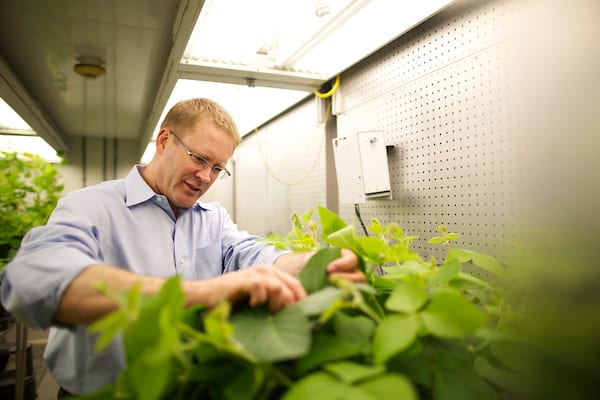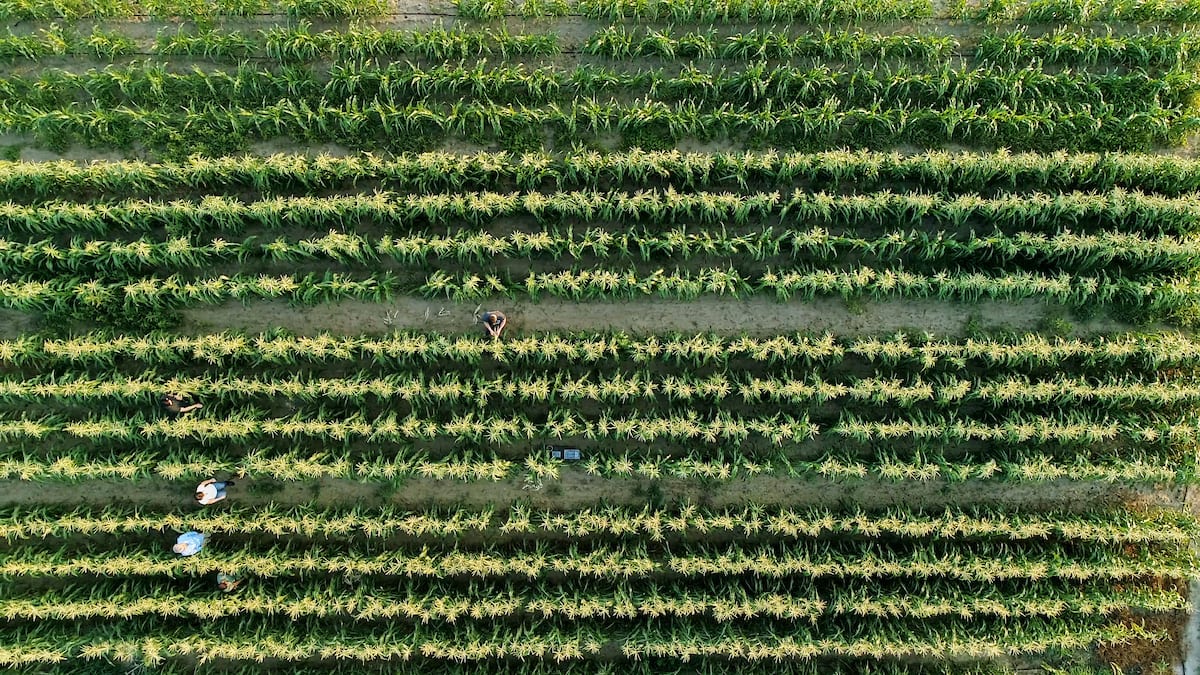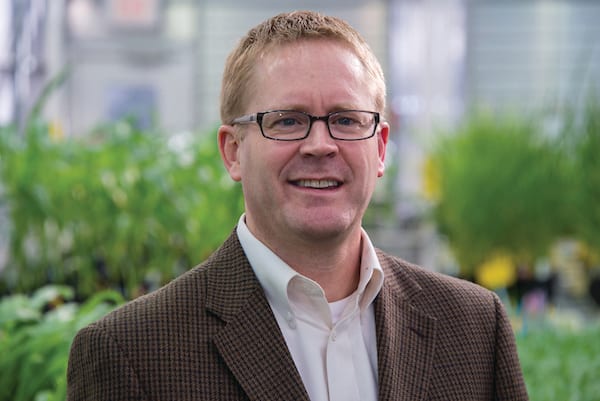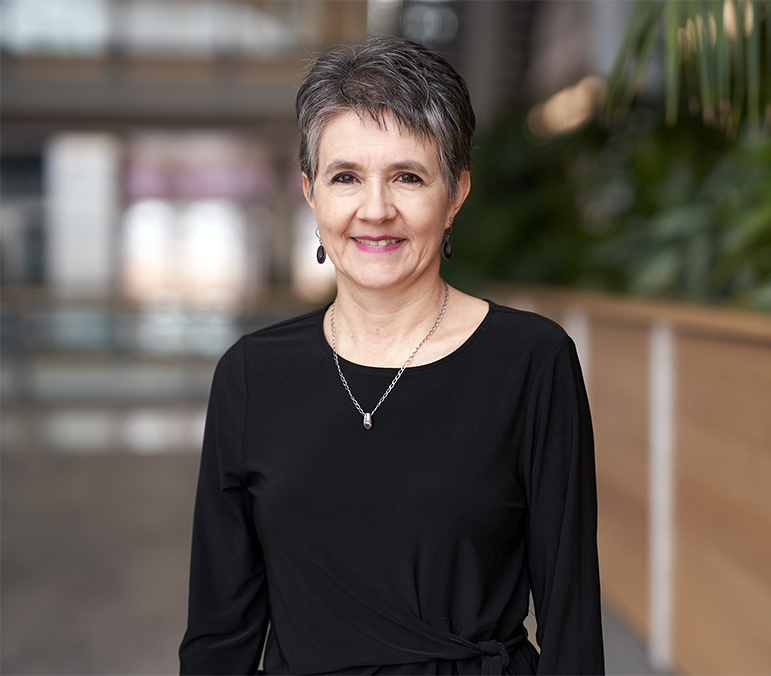Our Dependence on Plants
Plants are everywhere. They’re so common that we often take them for granted.
Doug Allen and his lab are well-aware of our universal dependence on plants to meet our basic needs — not only as sources of food, but also by producing fuel, fiber, plastic products, adhesives, detergents, and other items that are traditionally derived from petroleum resources. Plants also produce the oxygen we breathe, consume carbon dioxide, detoxify soil and water, and basically work to counteract many of the problems that human intervention has created. Simply put, we could not survive without plants.
“Plants provide sustenance but also greatly impact quality of life. For many reasons, life on this planet would not be possible or bearable without plants,” explains Doug.
Increasing Plant Productivity
Doug and his lab want to understand how plants produce valuable resources that we depend on every day. Just as we gain energy and nutrition from a balanced diet, Doug’s lab researches how plants convert energy from sunlight along with carbon dioxide from the atmosphere to make carbohydrates, proteins and oil that are densely packaged into the seeds, the components that we usually harvest from crops.
In a world with a growing population and new environmental challenges, research pursued in Doug’s lab is increasingly critical to improving plant productivity. His lab provides insights that aid our understanding and the development of better crops needed to sustain our growing population and continue to improve quality of life for all.

Powering Our Planet with Plants
Petroleum is a non-renewable resource that is vital to our existence and central to the manufacturing of fuel for vehicles, and plastics and polymers that are ubiquitous in daily life. To decrease our dependence on this finite resource, Doug’s lab is researching how to increase the levels of vegetable oil in plant tissues. This includes studies of carbon metabolism in seeds where oils are normally made, and in leaves where photosynthesis occurs predominantly. Conversely, leaves can make oils, and some seeds can do photosynthesis, thus his lab is interested in how to capitalize on the versatility of plants to produce what we need most efficiently for the good of the planet. The lab has studies in soybean but also other oilseeds including canola and camelina, and focuses on photosynthesis in grasses, legumes, oilseeds, and algae. Production of more biomass that’s rich in oils could answer many of societies’ needs.

Creating Community in the Lab
Doug sees community as a critical component to advancing research, so it’s important to him that the people in his lab take the time to build relationships with one another. “Ultimately, it is important that people leave my lab with strong scientific training and experience, however, equally valuable are well-developed softer skills including the ability to communicate effectively, think independently, and take initiative to solve problems. By working with others we gain respect for what they may uniquely offer and hopefully learn from through the value of different perspectives,” explains Doug.
Through helping lab members develop initiative and confidence in the lab, Doug is working to equip the next generation of scientists for success. “Possibly the greatest goal we can aspire to in research is to apply science for the benefit of humankind while at the same time enabling development of happy productive members of society that go confidently to do great things with pride and satisfaction.”









